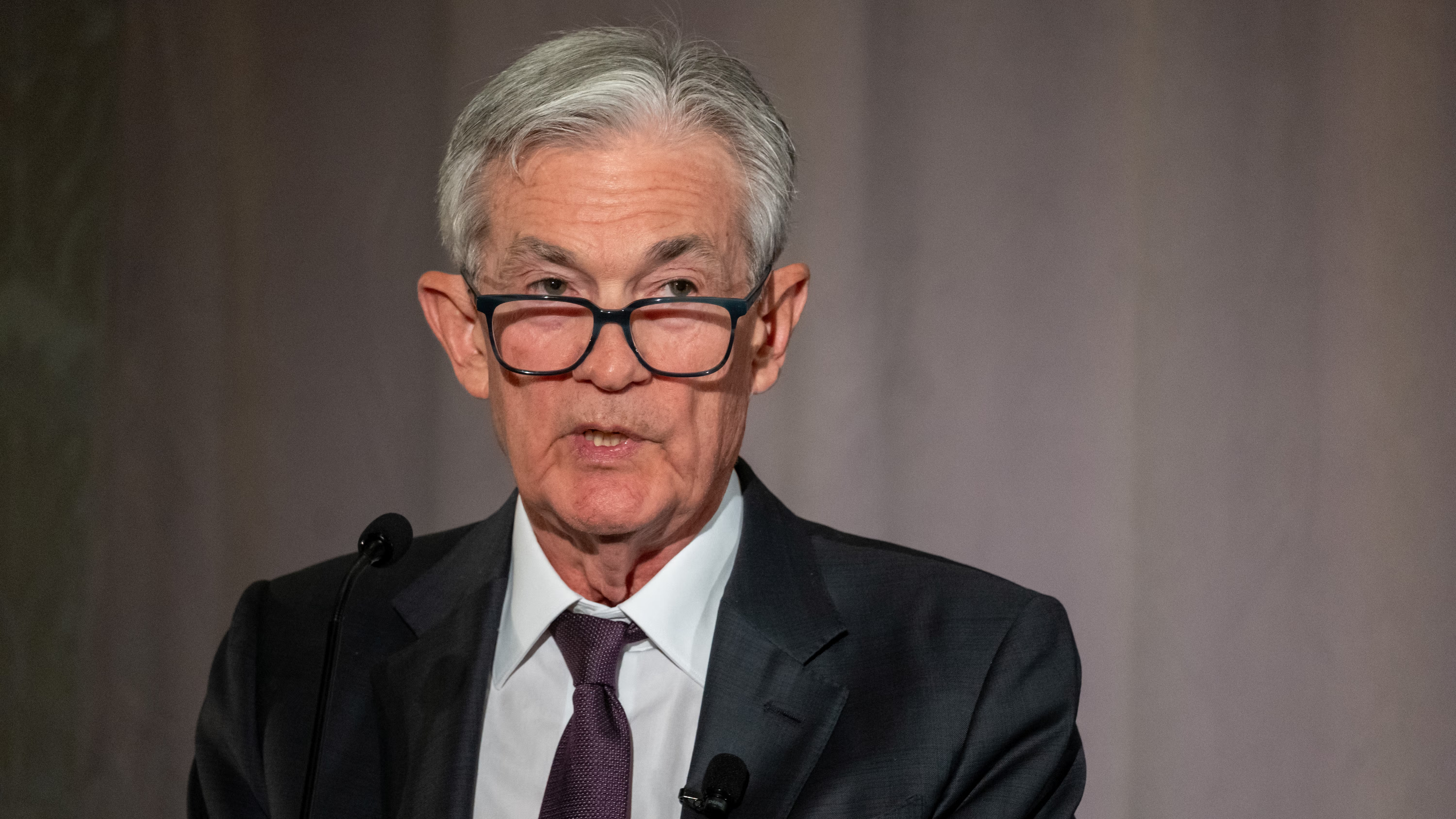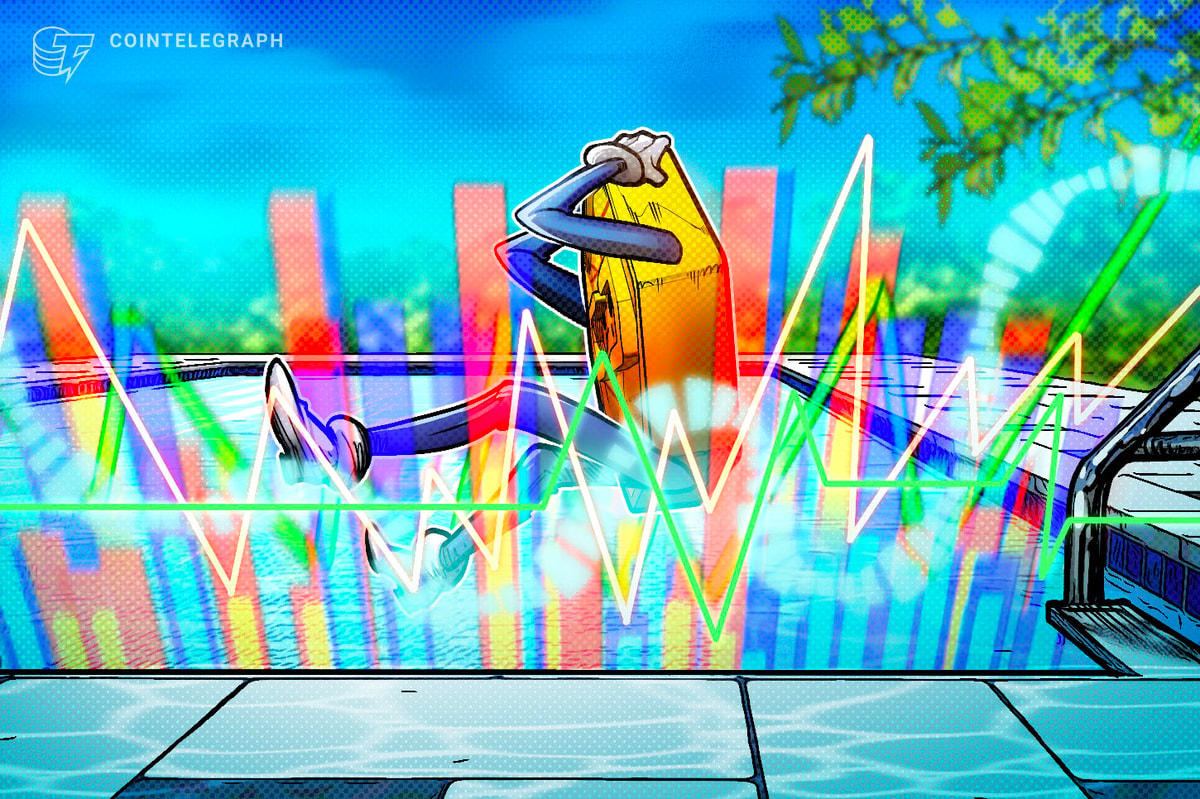
Blast users can still earn points as part of its Phase 2 rewards campaign for the next four months.
The long-awaited airdrop from Blast, the popular but controversial Layer 2 network, is finally live.
The first phase of Blast’s airdrop became claimable on June 26, with claims set to remain open for 30 days.
The airdrop distributed 17% of BLAST’s total supply to early adopters. Both Blast Gold (developers) and Blast Points (users) holders were allocated 7% of tokens each, with the remaining 3% allocated as rewards for stakers on Blur — the market-leading NFT marketplace also developed by the Blast team.
According to CoinGecko, BLAST debuted at a market cap of roughly $420 million, equating to a fully-diluted valuation of roughly $2.48 billion. The token has posted a modest pull-back of 3.6% in 20 minutes since launching.
Blast published its tokenomics as part of the project’s Q2 2024 recap on June 25, revealing that half of BLAST’s 100 billion total supply is earmarked for Blast’s community.
Phase 2
Blast also announced that the second phase of its airdrop and launch campaigns are now live, with users able to earn “Phase 2 rewards” for the next four months.
“Our mission is to unbank the banked,” Blast tweeted. “Our goal is to accelerate the market’s transition from an offchain economy to an on-chain economy, which we believe is the most efficient market structure for global finance.”
Blast added that it plans to establish itself as a “full-stack chain” during Phase 2.
“Unlike Android, Apple takes a full-stack approach,” Blast said. “They build everything from the software to the hardware and optimize across the full stack. This approach drastically accelerated the transition to mobile… The focus of the next phase of Blast, Phase 2, is to create the full stack chain.”
Blast added that it will work with ecosystem projects to develop desktop and mobile wallet applications, seeking to offer a superior to Metamask — a market-leading web3 wallet provider.
Blast’s controversial beginnings
Blast enjoyed an explosive but controversial launch in November. The network quickly amassed $500 million in deposits over five days, attracting users with promises of a future airdrop and native yield for ETH and stablecoin deposits.
Blast claims to have been the fastest-growing chain among Layer 1s and Layer 2s. tagging a $1 billion total value locked (TVL) in just 13 days, and Blast-native decentralized applications (dApps) boasting a $2 billion TVL after 100 days.
However, Blast also garnered criticism as quickly as it attracted growth.
At “launch,” the project comprised nothing more than a one-way deposit contract secured by a multisig account controlled by anonymous developers, requiring that depositors place blind faith in the project not absconding with their assets.
“Blast is not an L2,” Jarrod Watts of Polygon tweetedat the time. “There’s no testnet, no transactions, no bridge, no rollup, and no sending of transaction data to Ethereum.”
Yields were also derived from converting users’ ETH into stETH to accrue staking rewards and stablecoins into DAI to access the DAI Savings Rate, making for a dubious “native” yield mechanism.
Yet despite its controversial beginnings, Blast has since emerged as the sixth-largest chain by DeFi TVL with $2.38 billion after peaking at $3.28 billion on June 6, and ranks fourth among Layer 2s by network TVL with $2.91 billion.
Blast users have also deposited an unusually high proportion of network TVL into DeFi applications, with dApps hosting nearly 82% of Blast’s network TVL.
For comparison, only 24% or $4.11 billion of Arbitrum’s $17.1 billion is deposited in dApps, while 22.7% of Base’s $7.49 billion and 12.3% of OP Mainnet’s $6.45 billion is held in DeFi protocols.
Blast also ranked sixth among blockchains by decentralized exchange volume, while its USDB stablecoin also ranks fourth by number of holders and fifth by 24-hour volume, according to Blast’s Q2 report.
Read More: thedefiant.io








 Bitcoin
Bitcoin  Ethereum
Ethereum  Tether
Tether  XRP
XRP  Solana
Solana  USDC
USDC  TRON
TRON  Dogecoin
Dogecoin  Cardano
Cardano  Lido Staked Ether
Lido Staked Ether  Wrapped Bitcoin
Wrapped Bitcoin  LEO Token
LEO Token  Chainlink
Chainlink  Avalanche
Avalanche  Toncoin
Toncoin  Stellar
Stellar  USDS
USDS  Shiba Inu
Shiba Inu  Wrapped stETH
Wrapped stETH  Sui
Sui  Hedera
Hedera  Bitcoin Cash
Bitcoin Cash  Litecoin
Litecoin  Polkadot
Polkadot  Hyperliquid
Hyperliquid  Binance Bridged USDT (BNB Smart Chain)
Binance Bridged USDT (BNB Smart Chain)  Bitget Token
Bitget Token  Ethena USDe
Ethena USDe  WETH
WETH  Pi Network
Pi Network  Monero
Monero  WhiteBIT Coin
WhiteBIT Coin  Wrapped eETH
Wrapped eETH  Coinbase Wrapped BTC
Coinbase Wrapped BTC  Dai
Dai  Uniswap
Uniswap  OKB
OKB  Pepe
Pepe  Aptos
Aptos  Gate
Gate  Tokenize Xchange
Tokenize Xchange  Ondo
Ondo  sUSDS
sUSDS  BlackRock USD Institutional Digital Liquidity Fund
BlackRock USD Institutional Digital Liquidity Fund  NEAR Protocol
NEAR Protocol  Mantle
Mantle  Internet Computer
Internet Computer  Ethereum Classic
Ethereum Classic  Cronos
Cronos